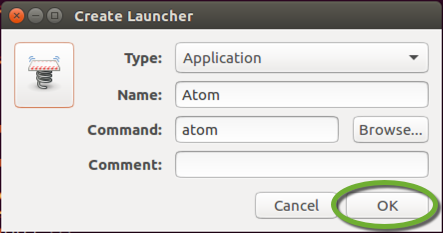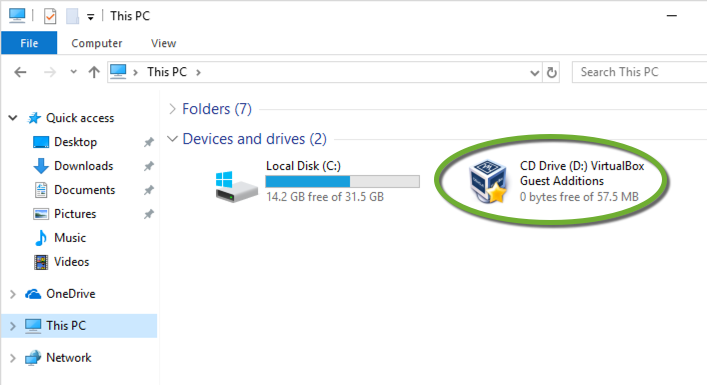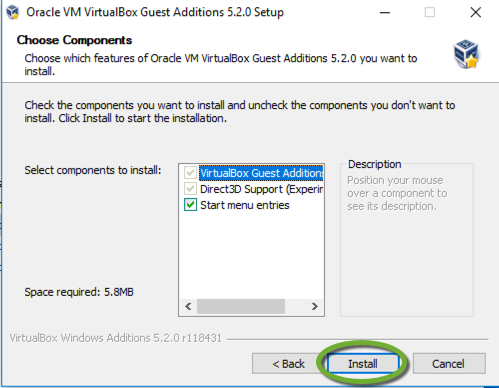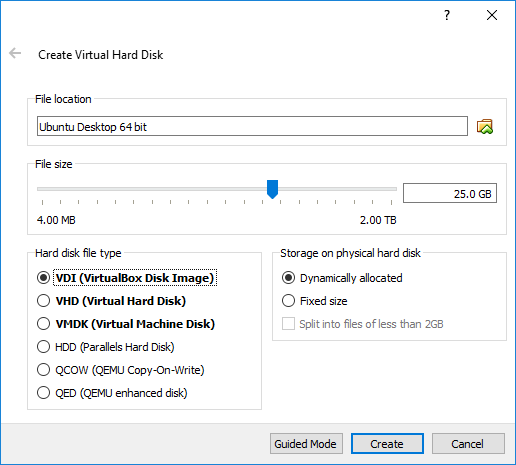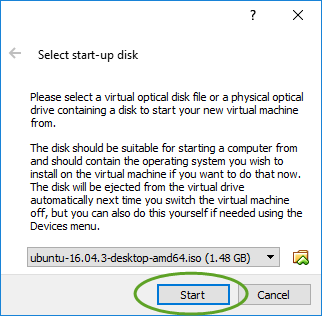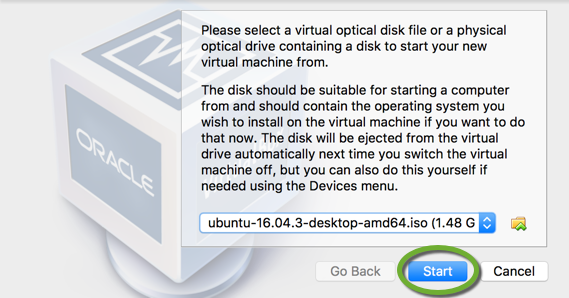When you execute kitchen converge to launch an EC2 instance in AWS with Chef Test Kitchen, you get the error message:
>>>>> ——Exception——-
>>>>>> Class: Kitchen::ActionFailed
>>>>>> Message: 1 actions failed.
>>>>>> Failed to complete #create action: [undefined method `version’ for nil:NilClass] on …
>>>>>> ———————-
>>>>>> Please see .kitchen/logs/kitchen.log for more details
>>>>>> Also try running `kitchen diagnose –all` for configuration
Test Kitchen cannot detect the operating system
The kitchen-ec2 driver tries to read the operating system version from the name of the image, but it cannot find it.
When you create your own AMI (Amazon Machine Image), make sure the version of the operating system is in the name.
The Test Kitchen Git repository has the following at https://github.com/test-kitchen/kitchen-ec2
Note that the image_search method requires that the AMI image names be in a specific format. Some examples are:
- Windows-2012
- Windows-2012r2
- Windows-2012r2sp1
- RHEL-7.2
It is safest to use the same naming convention as used by the public images published by the OS vendors on the AWS marketplace.
An acceptable name is my_windows-2012r2_base-1








